The term franchise quarterback gets thrown around a lot in the NFL, more so than it should.
But if you're a team that doesn't have one, then you're in the market to find one. And if you're a team that had a franchise quarterback - a true franchise quarterback - who has since retired, you understand the pain involved with knowing exactly what you're missing.
That's the state in which the Steelers currently find themselves, as they work through their fourth offseason since Ben Roethlisberger's retirement.
Many people like to point to the Green Bay Packers' model of going from Brett Favre to Aaron Rodgers as the way the process should work.
And while that worked, the Packers also took Rodgers in the first round of the 2005 Draft – 24th overall – not because they thought Favre was nearing the end of the road, but because Rodgers fell into their lap. He languished on their bench for three seasons before the team eventually moved on from Favre.
And even at that, the Packers, who were 13-3 in Favre's last season with the team, went 6-10 in their first season with Rodgers as their starting quarterback. They won the Super Bowl in Rodgers' third season, but when it comes to replacing a Hall of Fame talent, that is the outlier, not the norm.
The Steelers have gone 29-22 in the three seasons since Roethlisberger retired, making the playoffs twice. Now, that hasn't added up to any postseason success, but that 29-22 record stacks up with that of any team who has had a true franchise quarterback move on.
Since 2000, there have been seven quarterbacks who have gone into the Pro Football Hall of Fame immediately after their playing careers ended. Add to that the likes of Drew Brees, Tom Brady (two teams) and Roethlisberger, and you have 11 instances where a team has done so.
The average record of those teams over that three-year period is 24.3-23.1, barely above .500. And that includes the Steelers' record. Take that out of the equation, and the overall mark falls below .500.
Packers aside, they have three combined playoff wins. Green Bay, meanwhile, won four playoff games in Rodgers' third season en route to a Super Bowl victory, but failed to win a playoff game in his first two seasons.
It's not an uncommon issue.
The Broncos went 25-23 after John Elway's retirement. And remember, he retired after Denver won back-to-back Super Bowls.
Arizona was 18-30 after Kurt Warner retired. The Cardinals went to a Super Bowl in his penultimate season and he posted a 10-5 record in his starts in his final season in 2009.
Denver won the Super Bowl in Peyton Manning's final season, then went 20-28 without a playoff appearance in the next three seasons. In fact, the Broncos failed to make the playoffs from 2016 through 2023 following Manning's retirement, finally earning a playoff spot in 2024.
New Orleans, meanwhile, went 12-4 in Drew Brees' final season, but have a combined 25-26 record with no playoff appearances in the three years since. And the Patriots, who were 12-4 in their final season with Brady, went 25-25 in the three seasons after he moved on to Tampa Bay, where he won a Super Bowl in his first season there.
Years four and five in the post-Brady era have both been 4-13 seasons, enough to get the team to move on from future Hall of Fame coach Bill Belichick and then his replacement, Jerrod Mayo.
It's not pretty.
While the Steelers haven't won a playoff game post-Roethlisberger, they haven't become that. And they've done it while using multiple quarterbacks.
At some point, they'll get another shot at perhaps getting another franchise quarterback. But let's remember, they went 20 years from the end of Terry Bradshaw's Hall of Fame career to that of Roethlisberger.
Hopefully, it doesn't take that long to find the next one. In the meantime, the team continues to find ways to win games and stay in the mix.
That's not the norm, that's the outlier.
Take a look at some of the greatest photographs from the career of Steelers QB Ben Roethlisberger

The best photographs from the career of Pittsburgh Steelers QB Ben Roethlisberger

The best photographs from the career of Pittsburgh Steelers QB Ben Roethlisberger

The best photographs from the career of Pittsburgh Steelers QB Ben Roethlisberger

The best photographs from the career of Pittsburgh Steelers QB Ben Roethlisberger

The best photographs from the career of Pittsburgh Steelers QB Ben Roethlisberger

The best photographs from the career of Pittsburgh Steelers QB Ben Roethlisberger

The best photographs from the career of Pittsburgh Steelers QB Ben Roethlisberger
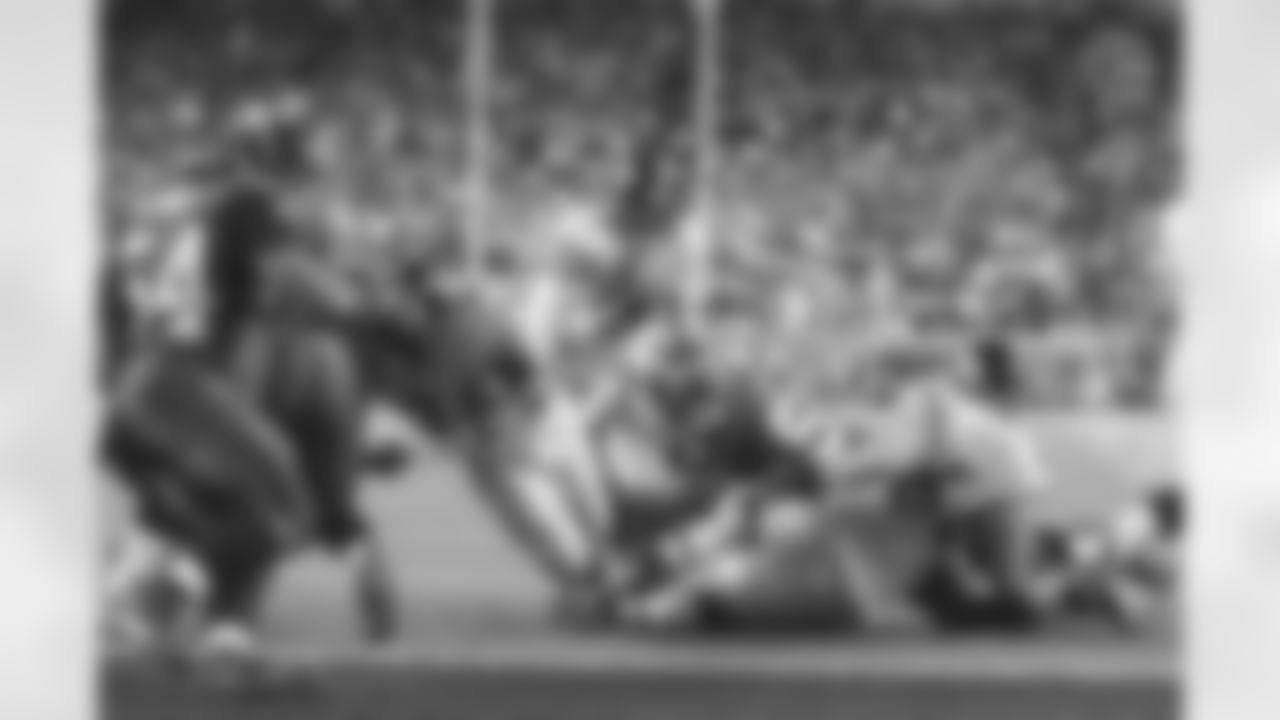
The best photographs from the career of Pittsburgh Steelers QB Ben Roethlisberger

The best photographs from the career of Pittsburgh Steelers QB Ben Roethlisberger

The best photographs from the career of Pittsburgh Steelers QB Ben Roethlisberger

The best photographs from the career of Pittsburgh Steelers QB Ben Roethlisberger
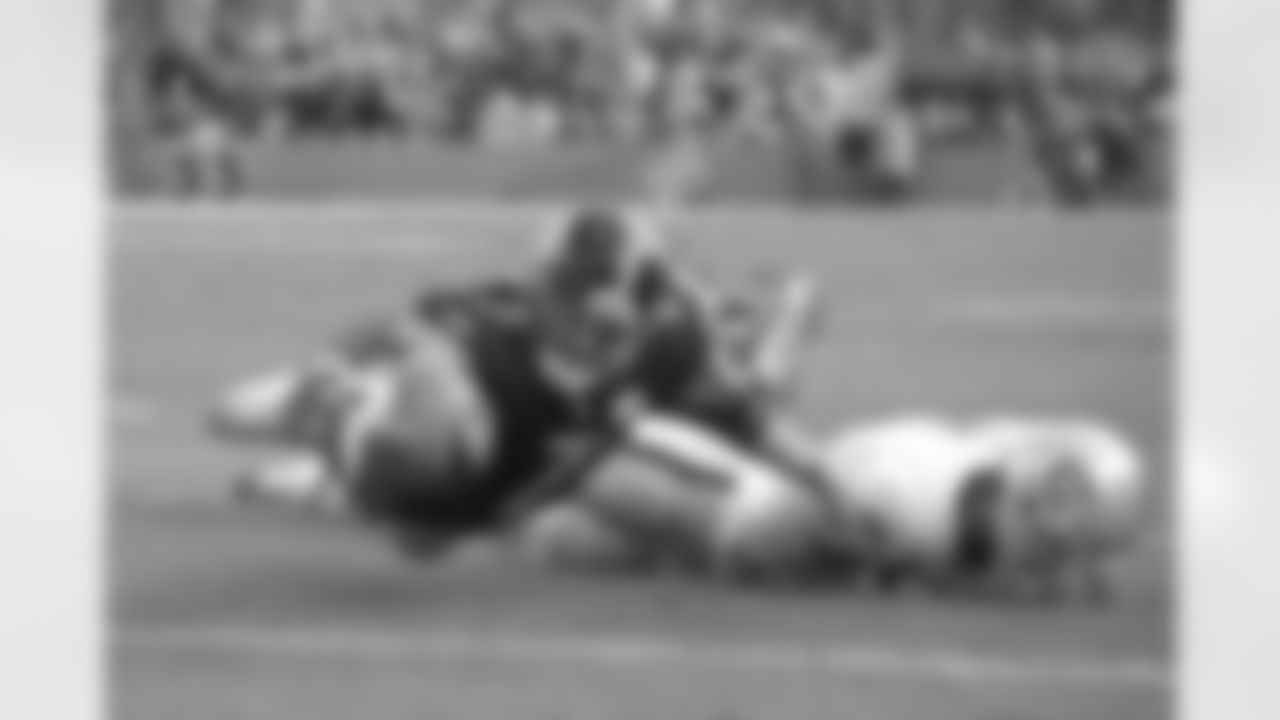
The best photographs from the career of Pittsburgh Steelers QB Ben Roethlisberger

The best photographs from the career of Pittsburgh Steelers QB Ben Roethlisberger

The best photographs from the career of Pittsburgh Steelers QB Ben Roethlisberger

The best photographs from the career of Pittsburgh Steelers QB Ben Roethlisberger

The best photographs from the career of Pittsburgh Steelers QB Ben Roethlisberger

The best photographs from the career of Pittsburgh Steelers QB Ben Roethlisberger

The best photographs from the career of Pittsburgh Steelers QB Ben Roethlisberger

The best photographs from the career of Pittsburgh Steelers QB Ben Roethlisberger

The best photographs from the career of Pittsburgh Steelers QB Ben Roethlisberger
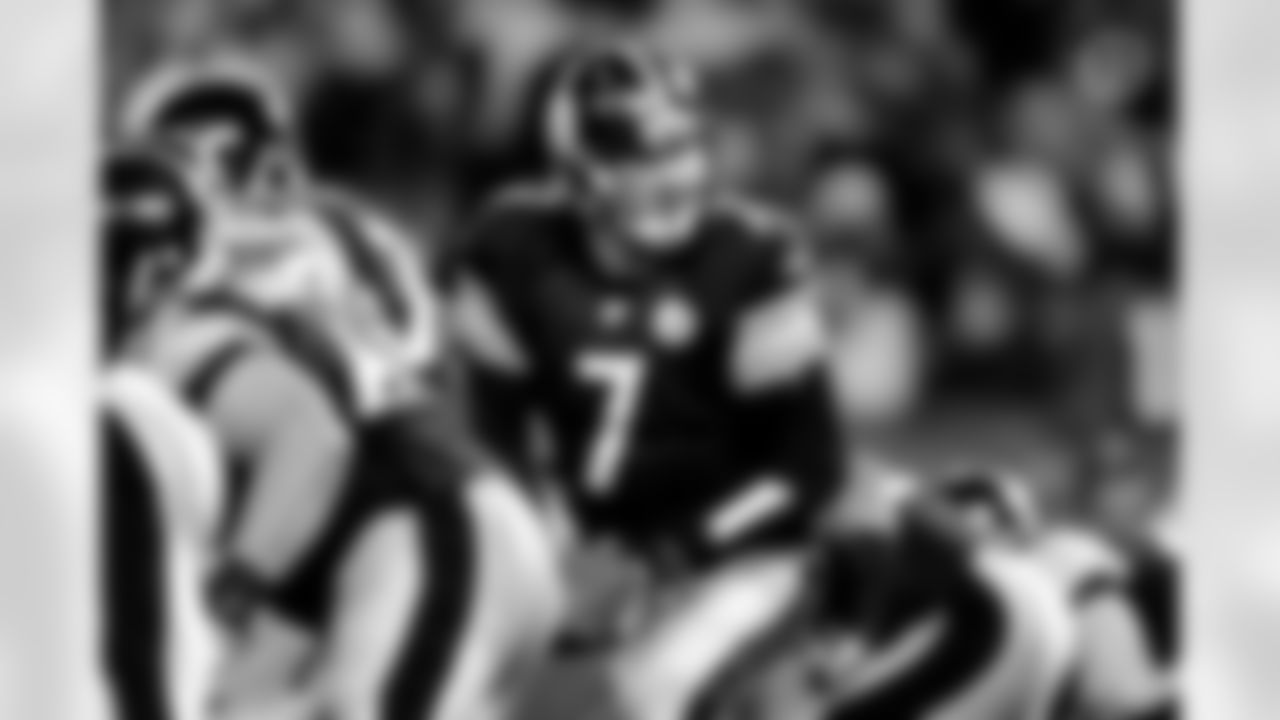
The best photographs from the career of Pittsburgh Steelers QB Ben Roethlisberger

The best photographs from the career of Pittsburgh Steelers QB Ben Roethlisberger

The best photographs from the career of Pittsburgh Steelers QB Ben Roethlisberger

The best photographs from the career of Pittsburgh Steelers QB Ben Roethlisberger

The best photographs from the career of Pittsburgh Steelers QB Ben Roethlisberger
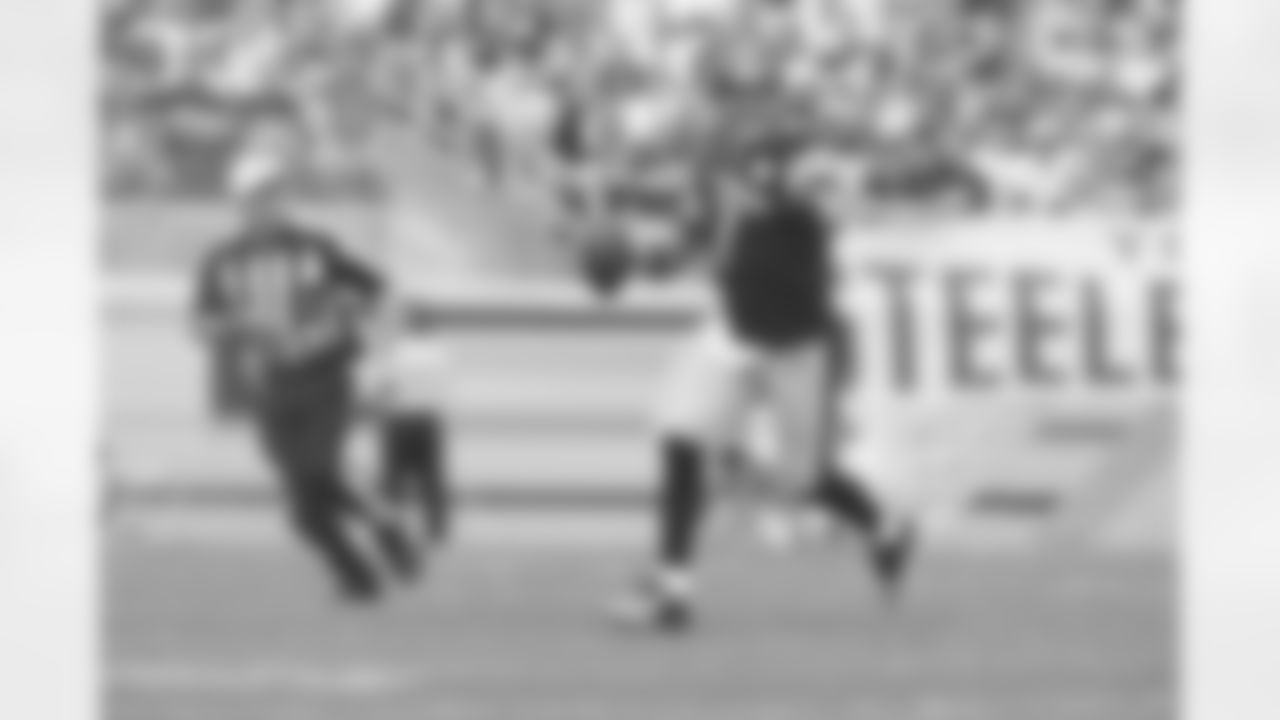
The best photographs from the career of Pittsburgh Steelers QB Ben Roethlisberger

The best photographs from the career of Pittsburgh Steelers QB Ben Roethlisberger

The best photographs from the career of Pittsburgh Steelers QB Ben Roethlisberger

The best photographs from the career of Pittsburgh Steelers QB Ben Roethlisberger

The best photographs from the career of Pittsburgh Steelers QB Ben Roethlisberger

The best photographs from the career of Pittsburgh Steelers QB Ben Roethlisberger

The best photographs from the career of Pittsburgh Steelers QB Ben Roethlisberger

The best photographs from the career of Pittsburgh Steelers QB Ben Roethlisberger
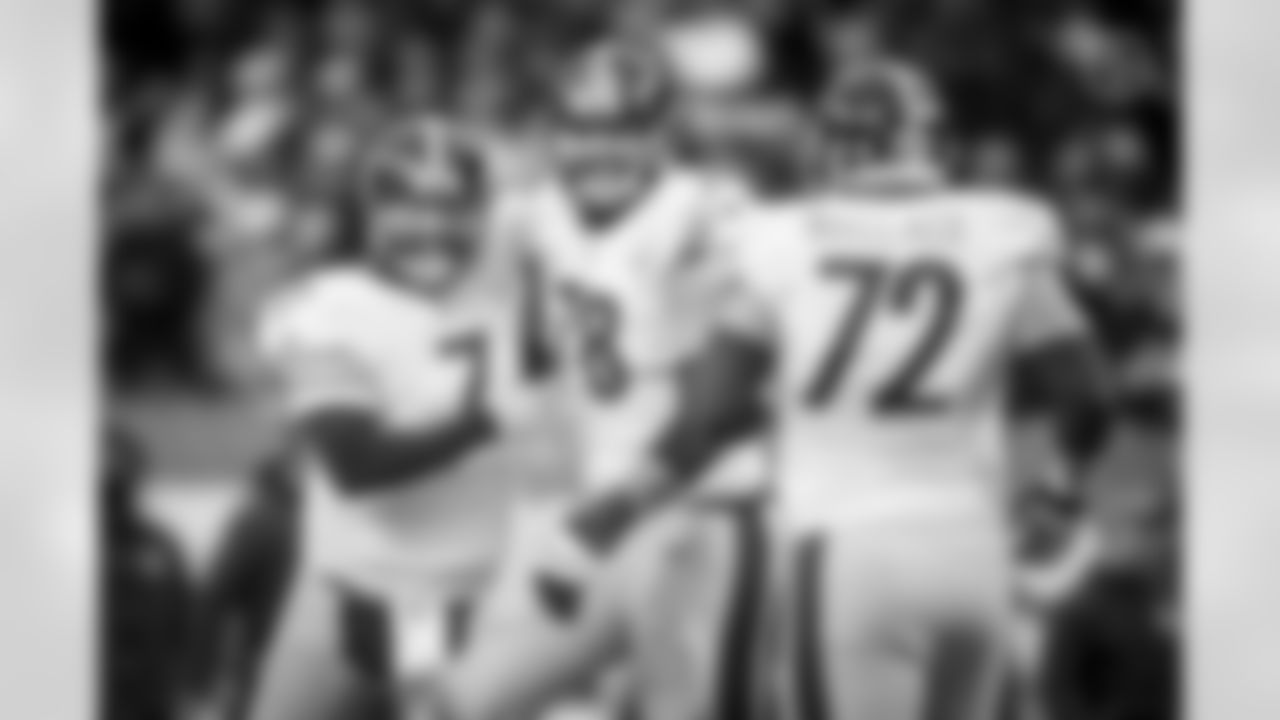
The best photographs from the career of Pittsburgh Steelers QB Ben Roethlisberger

The best photographs from the career of Pittsburgh Steelers QB Ben Roethlisberger

The best photographs from the career of Pittsburgh Steelers QB Ben Roethlisberger

The best photographs from the career of Pittsburgh Steelers QB Ben Roethlisberger

The best photographs from the career of Pittsburgh Steelers QB Ben Roethlisberger

The best photographs from the career of Pittsburgh Steelers QB Ben Roethlisberger

The best photographs from the career of Pittsburgh Steelers QB Ben Roethlisberger

The best photographs from the career of Pittsburgh Steelers QB Ben Roethlisberger

The best photographs from the career of Pittsburgh Steelers QB Ben Roethlisberger

The best photographs from the career of Pittsburgh Steelers QB Ben Roethlisberger

The best photographs from the career of Pittsburgh Steelers QB Ben Roethlisberger

The best photographs from the career of Pittsburgh Steelers QB Ben Roethlisberger

The best photographs from the career of Pittsburgh Steelers QB Ben Roethlisberger

The best photographs from the career of Pittsburgh Steelers QB Ben Roethlisberger
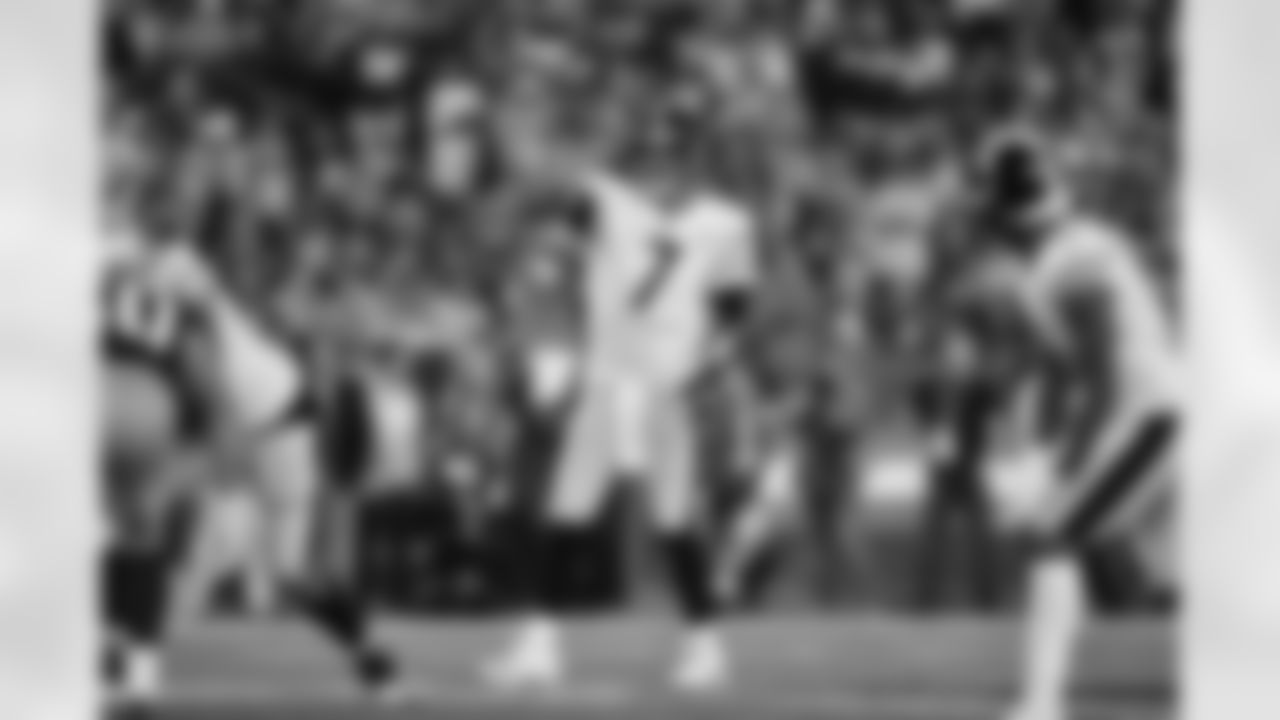
The best photographs from the career of Pittsburgh Steelers QB Ben Roethlisberger

The best photographs from the career of Pittsburgh Steelers QB Ben Roethlisberger

The best photographs from the career of Pittsburgh Steelers QB Ben Roethlisberger

The best photographs from the career of Pittsburgh Steelers QB Ben Roethlisberger

The best photographs from the career of Pittsburgh Steelers QB Ben Roethlisberger

The best photographs from the career of Pittsburgh Steelers QB Ben Roethlisberger

The best photographs from the career of Pittsburgh Steelers QB Ben Roethlisberger

The best photographs from the career of Pittsburgh Steelers QB Ben Roethlisberger

The best photographs from the career of Pittsburgh Steelers QB Ben Roethlisberger
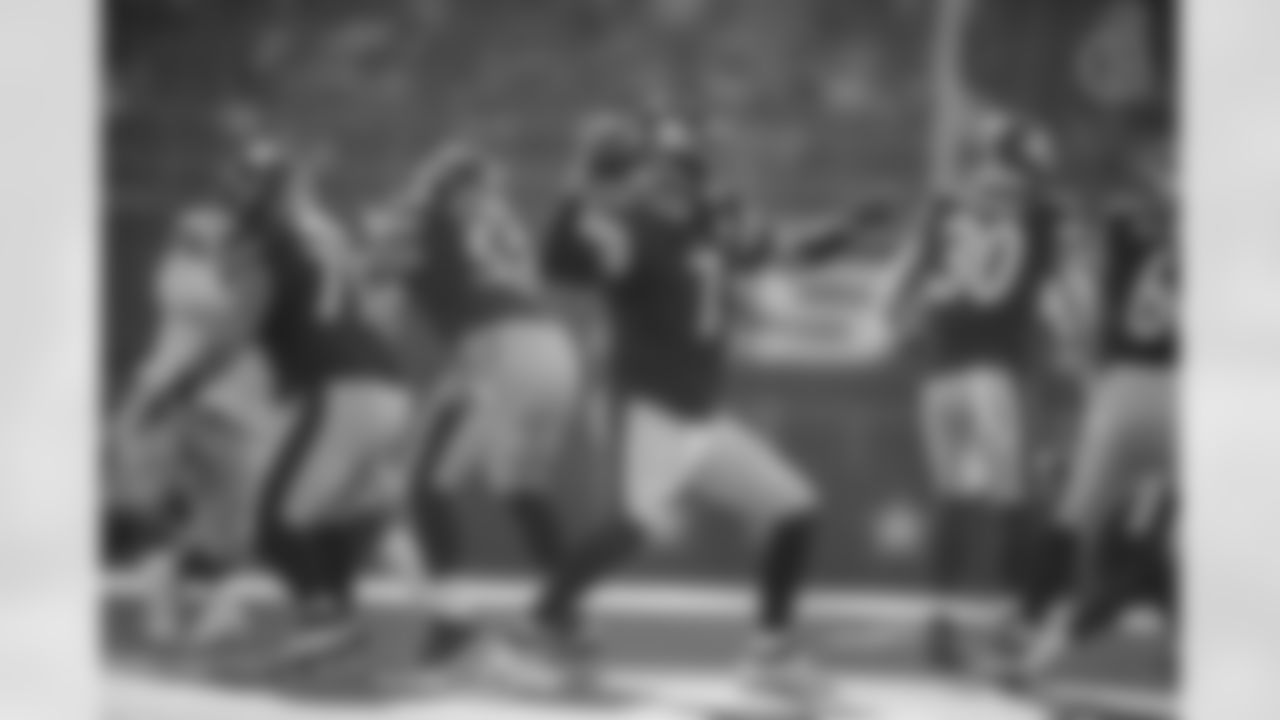
The best photographs from the career of Pittsburgh Steelers QB Ben Roethlisberger

The best photographs from the career of Pittsburgh Steelers QB Ben Roethlisberger

The best photographs from the career of Pittsburgh Steelers QB Ben Roethlisberger

The best photographs from the career of Pittsburgh Steelers QB Ben Roethlisberger

Take a look at some of the greatest photographs from the career of Steelers QB Ben Roethlisberger
• The NFL's competition committee will propose some tweaks to the Dynamic Kickoff Rule, which was used on a one-year trial basis for the 2024 season.
Given that the league is looking at tweaks to the rule, it doesn't appear that the new kickoff rule is going away.
Per the NFL, head injuries on kickoffs were down over 40 percent in 2024, one of the goals of the kickoff rule, which placed most of the return team and coverage players within a 10-yard setup zone.
What the league would still like to see are more returns. While returns increased from about 21 percent of all kickoffs being returned in 2023 to nearly 33 percent in 2024, the idea is to create even more returns.
The committee is recommending moving the ball on touchbacks from the 30 to the 35 in an effort to further incentivize teams to not kick the ball through the end zone.
Another adjustment the competition committee has put forward is to allow for an onside kick at any point during the game, as long as the team attempting the onside kick is trailing.
Last season, teams could only attempt an onside kick if trailing in the fourth quarter. In Philadelphia's Super Bowl win over the Chiefs, Kansas City scored with 34 seconds remaining in the third quarter to cut the Eagles' lead to 34-6. But because of the kickoff rule, the Chiefs could not attempt an onside kick at that point because the fourth quarter had not yet begun.
This adjustment to that rule would allow for an onside kick in that situation.
Those will be two of the many things discussed at the league meetings that start Sunday in West Palm Beach, Fla. Twenty four teams must vote yes to approve any rule changes.
• The competition committee also has put forth a proposal to allow for the use of replay "on specific objective aspects of play and/or address game administration issues when clear and obvious video evidence is present."
In other words, when officials make a call that replay shows was wrong in the cases of a hit on a defenseless player, facemask, horse collar tackle, tripping or roughing/running into the kicker, replay officials can, in a timely fashion, tell on-field officials to pick up their flag.
That proposal is a little more nuanced than simply tweaking the existing kicking rules. While it's nice that the league wants to get the calls its officials make on the field at game speed right, further using replay to do so on some plays but not others continues to be a bone of contention.
Remember the failed attempted use of replay a couple of years ago on pass interference plays?
On-field officials still have to call the game in real time. And it's a fast game.
Why aren't, for example, holding penalties included in this? How many times does replay show a holding penalty call – the most common penalty in the game – that wasn't really holding?
• The Steelers continue to stack up potential compensatory picks for the 2026 NFL Draft.
With Russell Wilson's signing this week with the Giants, the Steelers should get a 5th-round compensatory selection in return, according to OvertheCap.com.
OvertheCap.com has long tracked compensatory picks and has as good an understanding as any regarding the league's formula for awarding picks. Per the site, the Steelers are now in line to receive a third-round selection for the loss of offensive tackle Dan Moore Jr., a fourth-round pick for quarterback Justin Fields, a fifth-round pick for Wilson and a sixth-round pick for losing guard James Daniels.
Those picks can still be adjusted based on playing time and teams are only permitted to receive a maximum of four compensatory selections, so the Steelers would be maxed out on what they can receive.
But those additional picks, which can be traded once they're awarded early next year, could definitely come in handy for the 2026 NFL Draft.
• Dale Lolley is co-host of "SNR Drive" on Steelers Nation Radio. Subscribe to the podcast here: Apple Podcast | iHeart Podcast Pittonline@iheartmedia.com
• One of the most talked-about issues leading up to the 2025 NFL Draft has involved measurements of players.
For example, Alabama quarterback Jalen Milroe's hand size was measured at 8 ¾ inches at the Senior Bowl, only to be measured at 9 ⅜ inches at the Combine.
Meanwhile, LSU offensive lineman Will Campbell's arm length was measured at 32 ⅝ at the Combine, only to be measured at 33 inches by scouts at his pro day.
Fans might look at that and wonder what the big deal is about, but in the age of analytics, it all matters.
The benchmark for quarterback hand size is 9 inches. Likewise, the data shows that offensive linemen with arms shorter than 33 inches are often forced to play guard, not offensive tackle, where Campbell lined up throughout his career at LSU.
Campbell's arm length being ⅜ of an inch longer isn't all that strange. That's really not all that much. But it's a huge matter for Campbell. It could be the difference between him being a top-10 pick and the first offensive lineman taken or the second or third and falling out of the top-10.
How Milroe's hand grew more than a half an inch, however, is more interesting. While players can do stretches to improve their hand size, it's unlikely to cause that kind of variance.
It's more likely that a mistake was made when his hand was measured at the Senior Bowl.













